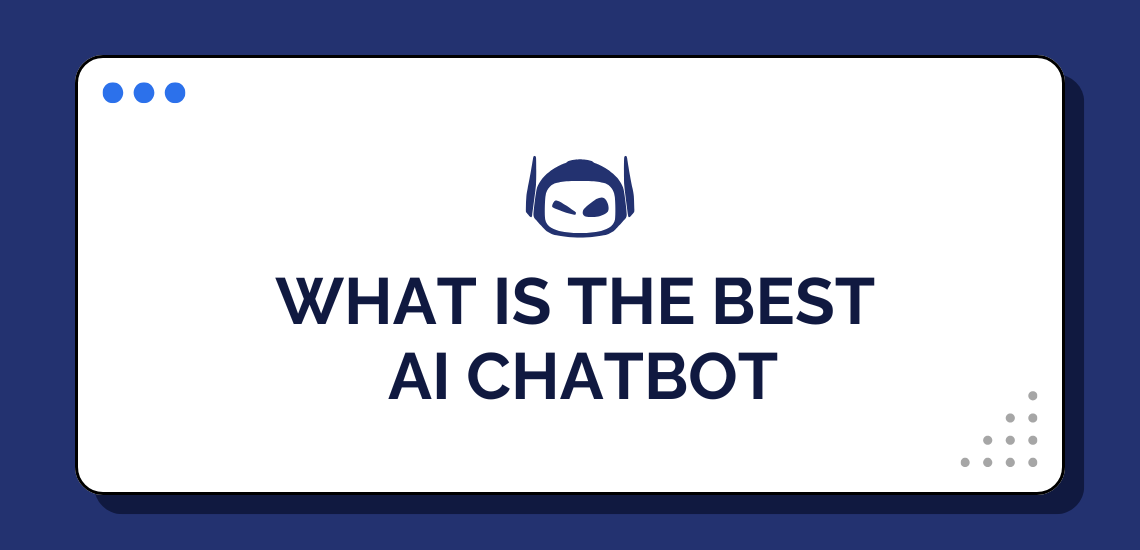
Chatbot technology has come a long way in just a...
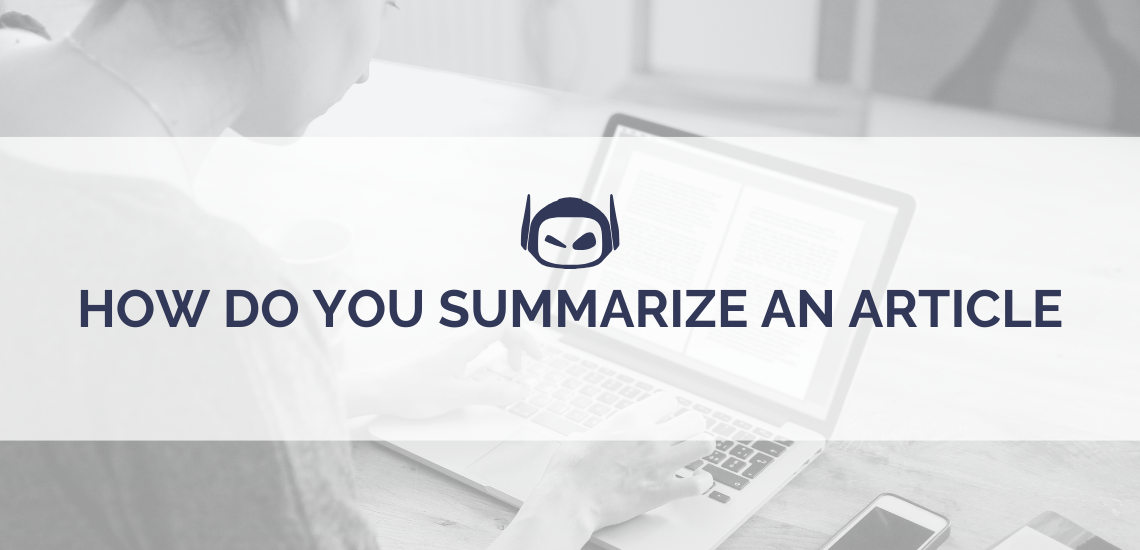
General Guide About Content and Writing
Being able to summarize an article is a skill that...
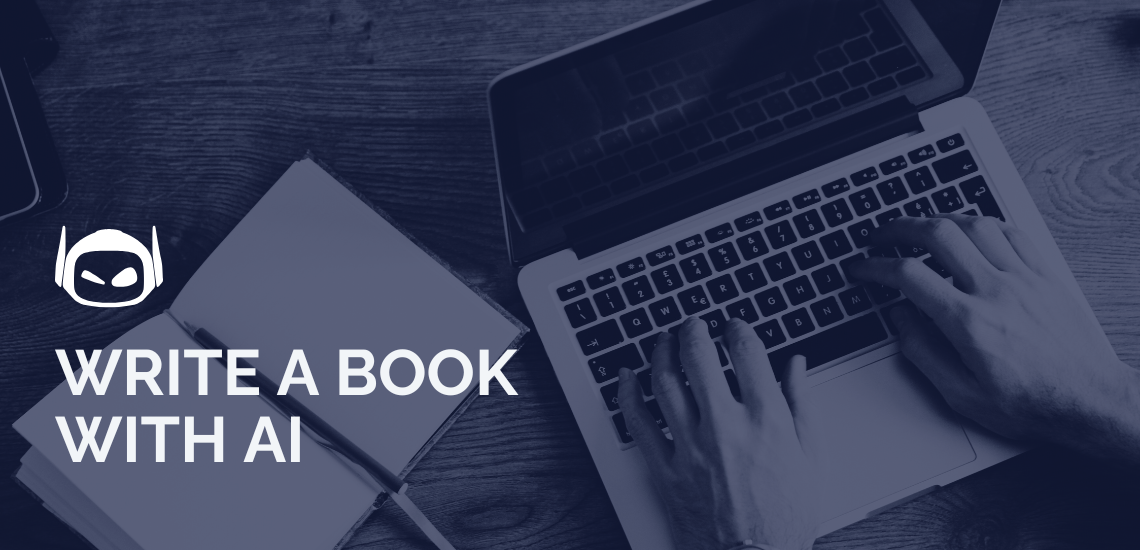
General Guide About Content and Writing
Are you facing writer’s block or need help coming up...
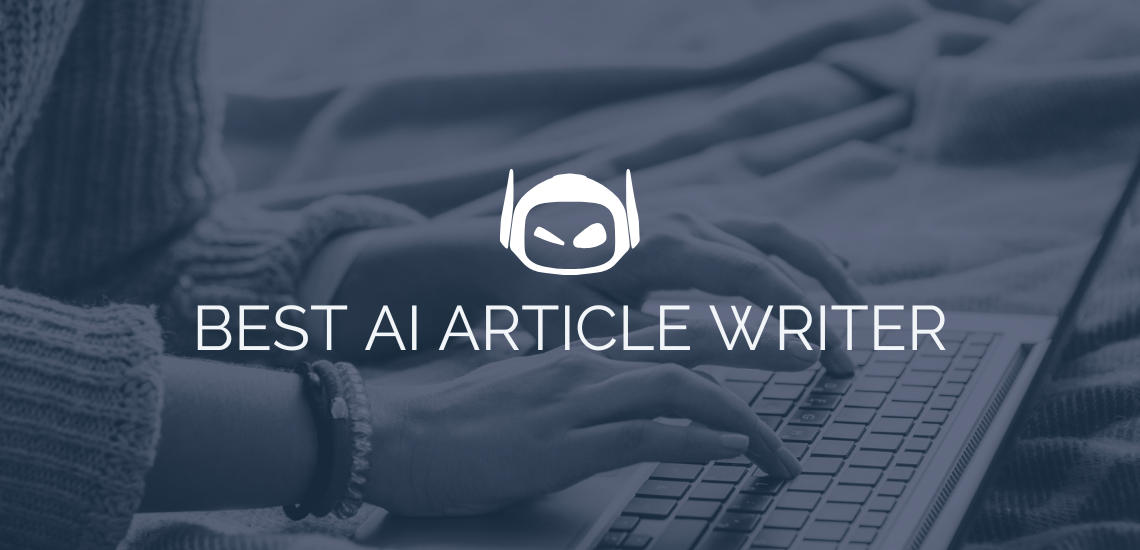
Do you need help coming up with the best articles...
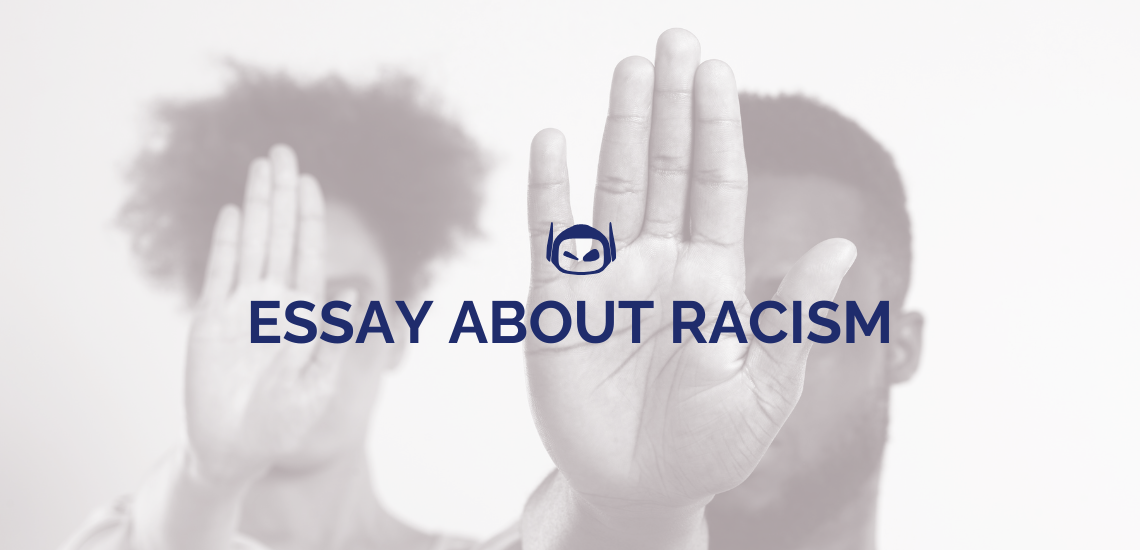
General Guide About Content and Writing
Writing an essay on racism is a powerful opportunity to...

Are you wondering, “Can AI check for plagiarism” because you...
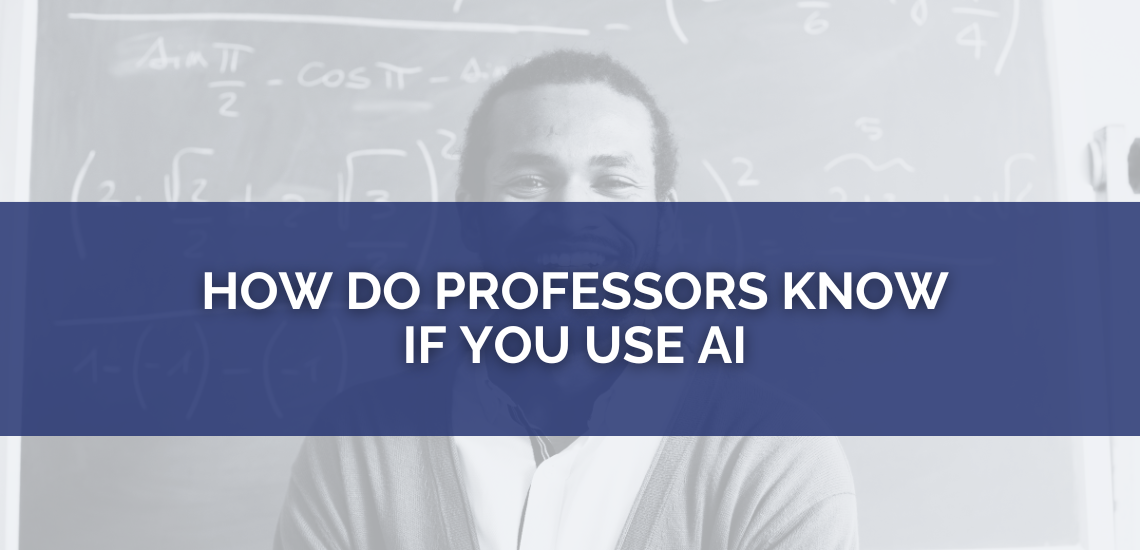
General Guide About Content and Writing
Want to learn how do professors know if you use...
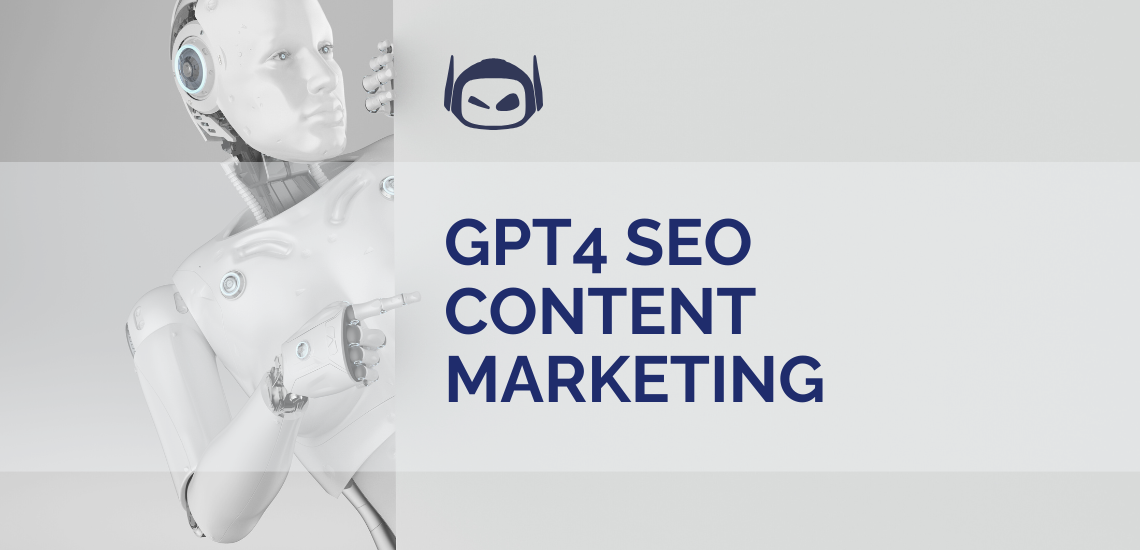
Executing a GPT-4 SEO content marketing campaign can skyrocket your...
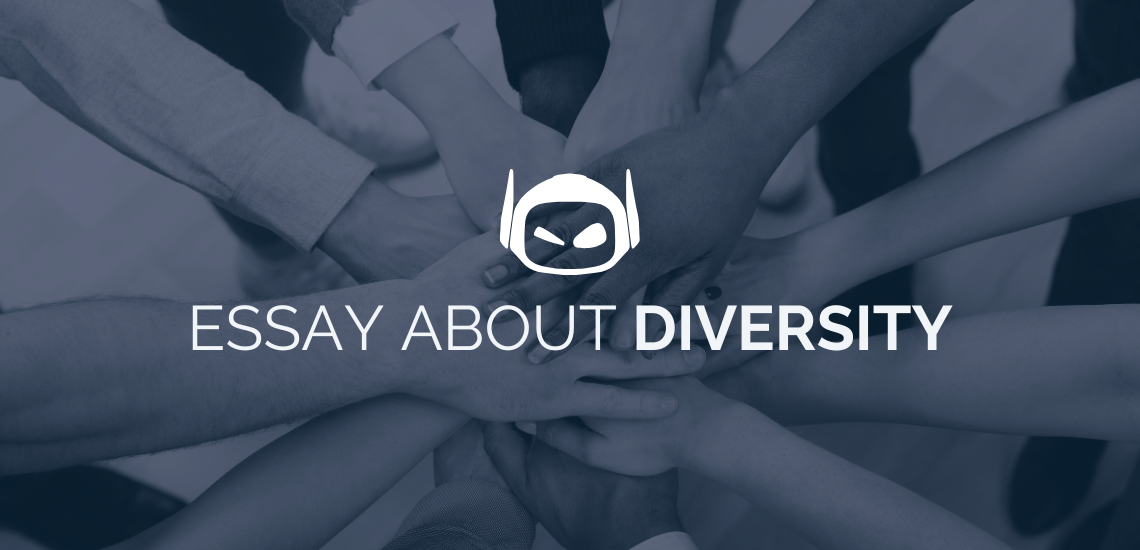
General Guide About Content and Writing
Students in humanities courses often need a little assistance when...